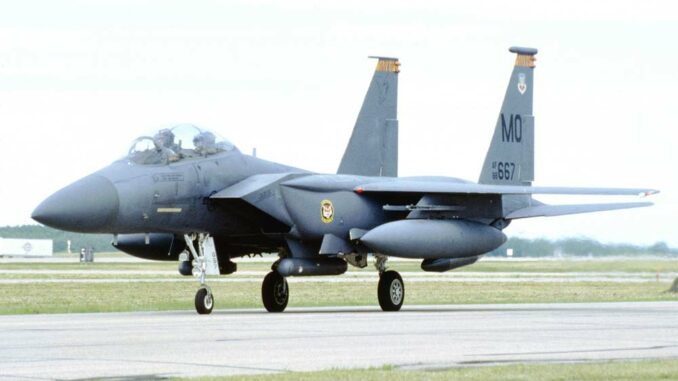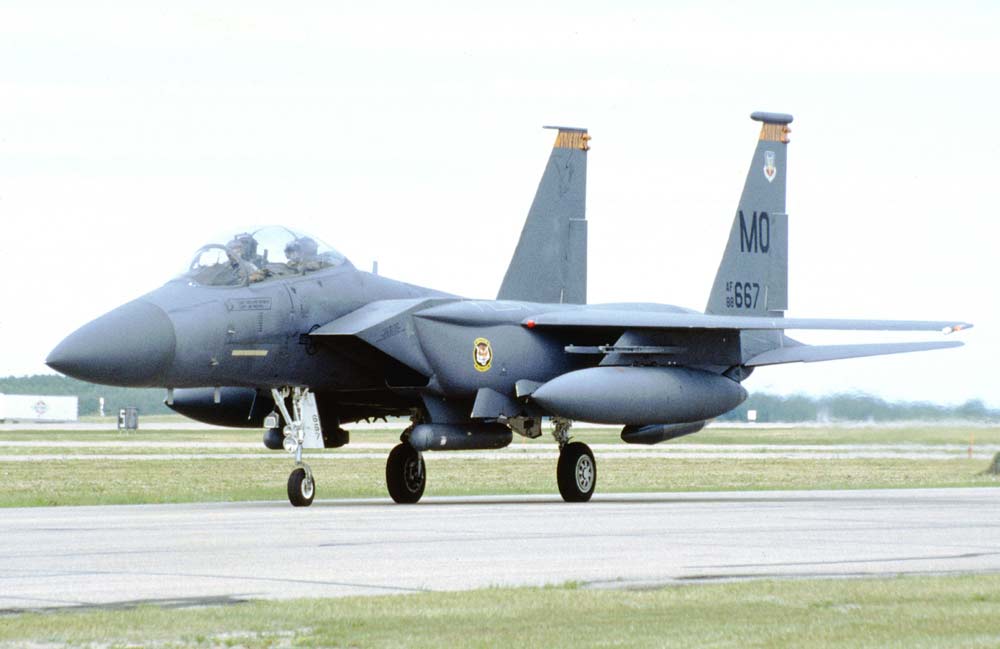
The United States has carried out air strikes against Iranian-backed militias in Syria, marking the second such operation in two weeks. These actions reflect the intensification of tensions in the Middle East and the determination of the United States to protect its interests and personnel in the region.
Background to the Air Strikes:
The Pentagon has confirmed that US fighter jets have targeted Iranian-backed militias in eastern Syria. The operation, ordered by President Biden, targeted a weapons depot used by Iran’s Islamic Revolutionary Guard Corps and affiliated groups. These militias are held responsible for a series of recent attacks against US troops stationed in Iraq and Syria.
Increasing Attacks in the Region:
Attacks on US forces in the region have increased significantly since the October 7 terrorist attack by the militant group Hamas against Israel. Iran and its allies celebrated the attack, prompting President Biden to deploy warships, troops and other means to warn Iran and its anti-Israel allies.
The American Response:
Defense Secretary Lloyd Austin described the strike as an action of “self-defense”, asserting that the U.S. President prioritizes the safety of U.S. personnel. He emphasized the readiness of the United States to take further necessary measures to protect its personnel and facilities, while calling for the avoidance of escalation.
Targeting Militias in Syria:
Although the Pentagon did not name the militias targeted, the Kata’ib Hezbollah and Kata’ib Sayyid al-Shuhada groups have been responsible for numerous attacks on US forces in the region in recent years.

Consequences of Militia Attacks:
Recent attacks by Iran-linked militias have wounded 21 US service members and resulted in the death of an American contractor from a cardiac incident.
These airstrikes illustrate the growing complexity of the issues at stake in the Middle East. The United States, while seeking to combat the Islamic State, also faces the threat posed by Iranian-backed militias, against a backdrop of heightened tensions with Israel and other regional allies.
Reaction from Iran and affiliated groups
The escalation of US strikes could lead to a response from Iran or its militias, increasing the risk of wider regional conflict. The situation highlights the volatility of the Middle East and the complexity of alliances and hostilities in the region.
U.S. action in Syria can be seen both as an attempt at deterrence and as a message to Iran and its allies. It also sheds light on US strategy in the region, oscillating between the fight against terrorism and the management of strained relations with state actors such as Iran.
Recent US airstrikes in Syria against Iranian-backed militias testify to an increasingly tense situation in the Middle East. As the US seeks to protect its interests and personnel, the response to these attacks raises questions about the changing power dynamics in the region. These actions could set the tone for future relations between the US, Iran and regional players, with potential implications for regional stability and international security.
War Wings Daily is an independant magazine.